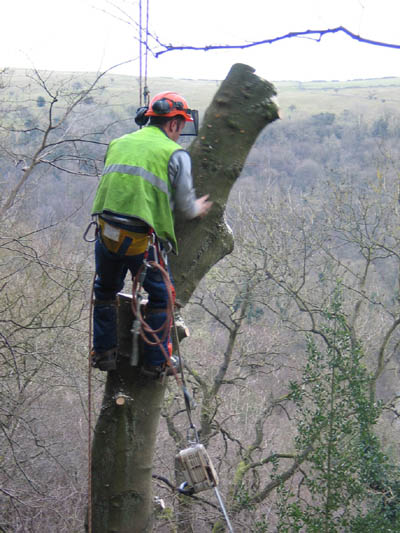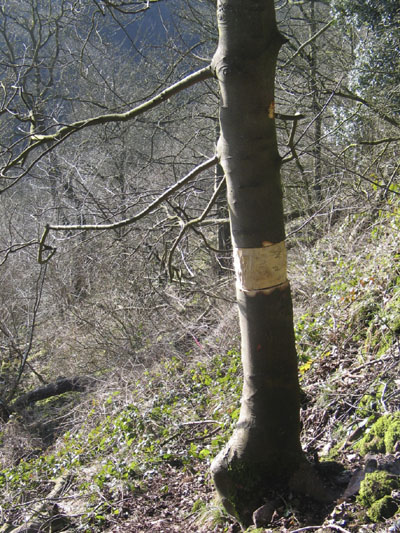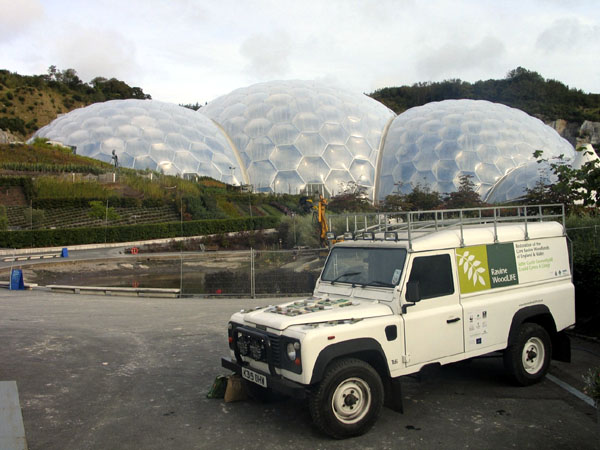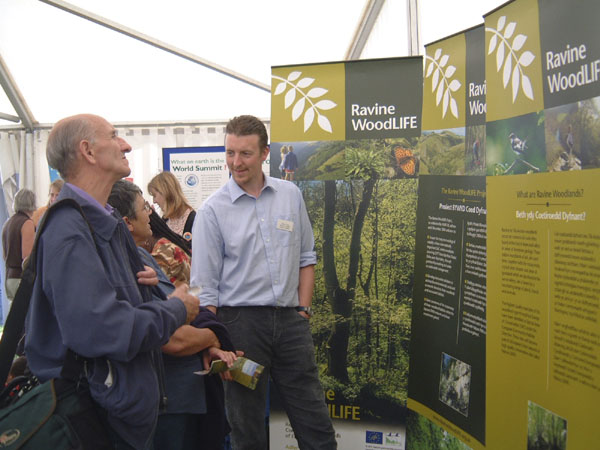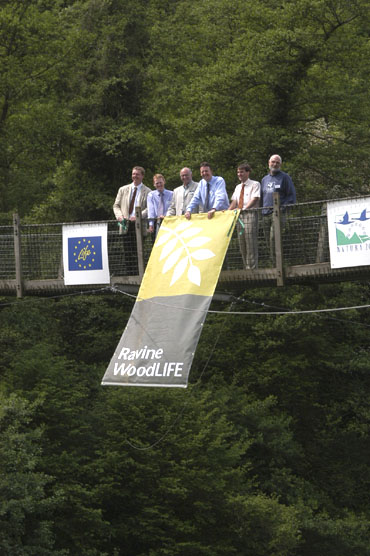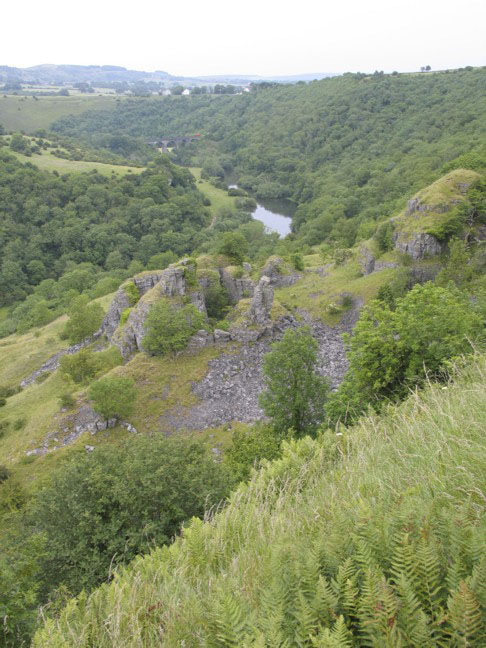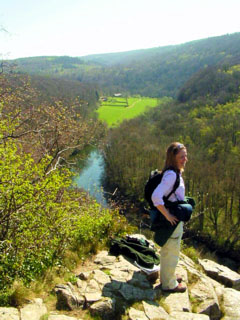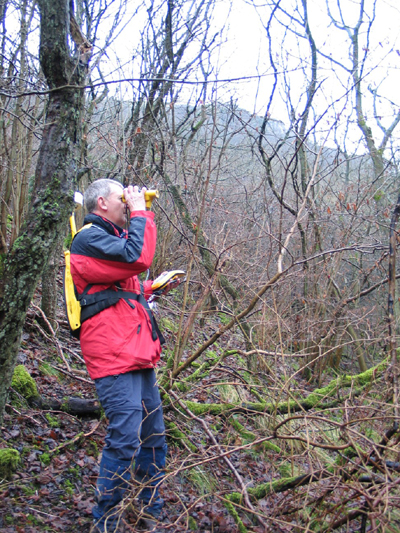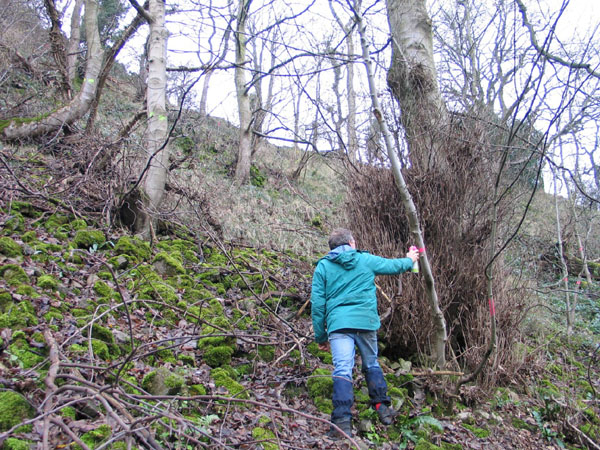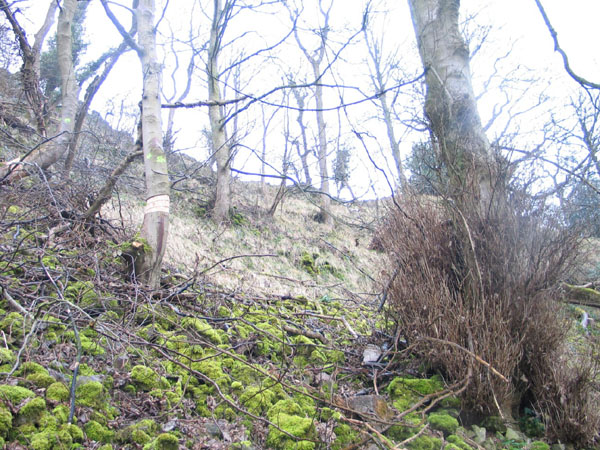| Country |
United
Kingdom |
| Natura
2000 site location |
East
Midlands |
| Nearest
urban settlements |
Peak
District: Manchester, Leeds, Sheffield, Nottingham. Wye Valley: Cardiff,
Bristol |
| Natura
2000 site name |
Peak
District Dales cSAC & Wye Valley Woodlands cSAC |
| Unofficial
but locally accepted site names |
Peak
District Dales: The White Peak, Wye Valley Woodlands: Lower Wye Valley |
| Natura
2000 site number |
UK0019859
+ UK0012727 |
| Size
of site (hectares) |
Peak
District: 2088 ha + Wye Valley: 884 ha |
| Key
Species types |
small
leaved lime |
| rock
whitebeam & other locally endemic whitebeam species |
| Jacob's
ladder |
| Tintern
spurge |
| herb
paris |
| early
purple orchid |
| twayblade |
| moschatel |
| dark
red helleborine |
| globeflower |
| white
letter hairsteak |
| pearl
bordered fritillary |
| wood
white butterfly |
| pauper
pug |
| scarce
hook-tip moth |
| dormouse |
| greater
& lesser horseshoe bats (& other bat species) |
| Key
Habitat types |
Tilio
Acerion woodlands |
| calcareous
grassland |
| transitional
habitats |
| Key
management issues |
Fragmentation
of habitat and ownership, uncontrolled grazing (livestock or deer), colonisation
of sites by non-native species (sycamore & / or conifer), non-native plantations
on native woodland sites, socio-economic decline (decline invrural industries,
lack of integration with local communities) |
| Organising
at least one Green Days event per year |
1
event hosted (Project launch on 20th May 2004), plan to host at least 1
Green Day event per year (guided walk, reserve open day, etc.) |
| Promoting
Natura 2000 at the local level |
Yes
- site signage includes the Natura 2000 logo and Project related publicity
(written & verbal) places the two Project areas in a European context in
terms of their being part of the Natura 2000 network of protected areas. |
| Involved
in European networking / Twinned with other site for knowledge exchange |
No
formal twinning, though through the Project the two Project areas (Peak
District & Wye Valley) are informally 'twinned' - Project Partner staff
are provided with opportunities to visit sites in each others Project areas
(and also sites managed by other Project Partners within the same Project
area). The Project as a whole is planning to host a reciprocal visit with
a Natura 200 site (preferably also with experience of managing a LIFE-Nature
project targeted at the conservation of Tilia-acerion woodlands) elsewhere
in woodland, and would be keen to enter into a formal Eurosite 'twinning'
to facilitate this. |
| Involving
local stakeholders in the management planning process - creating a local
area partnership |
Project
partners own and manage a number of Project sites, but private landowners
own almost 50% of the Project sites. A key Project output is to actively
engage with these landowners and working with them agree woodland management
plans protecting the conservation interest of the sites and meeting their
objectives. Project partner staff establish contact and develop a business
relationship with landowners on a individual basis with newsletters, press
releases and Project events being used to raise awareness of the importance
of these sites for conservation and the opportunities provided by the Project
to implement necessary management work. Local communities are consulted
on proposals prior to work commencing on sites with particular community
interest; articles are included in local newsletters and magazines and signs
outlining planned works are erected on public rights of way in the area
of the site. |
| Branding
Natura 2000 |
Ravine
WoodLIFE Project publications, signs, press releases, etc. carry the Natura
2000 (& LIFE Nature) logos and where appropriate stresses the link between
the Project sites and SAC sites elsewhere in Europe through the Natura 2000
network. |
| Agreeing
to become an NNi ambassador |
Mark
Oram (English Nature) mark.oram(a)english-nature.org.uk is
an NNi Ambassador. The Ravine WoodLIFE Project is keen to share skills,
experience and lessons learnt with as wide a range of land managers (throughout
UK and Europe) as possible. |
